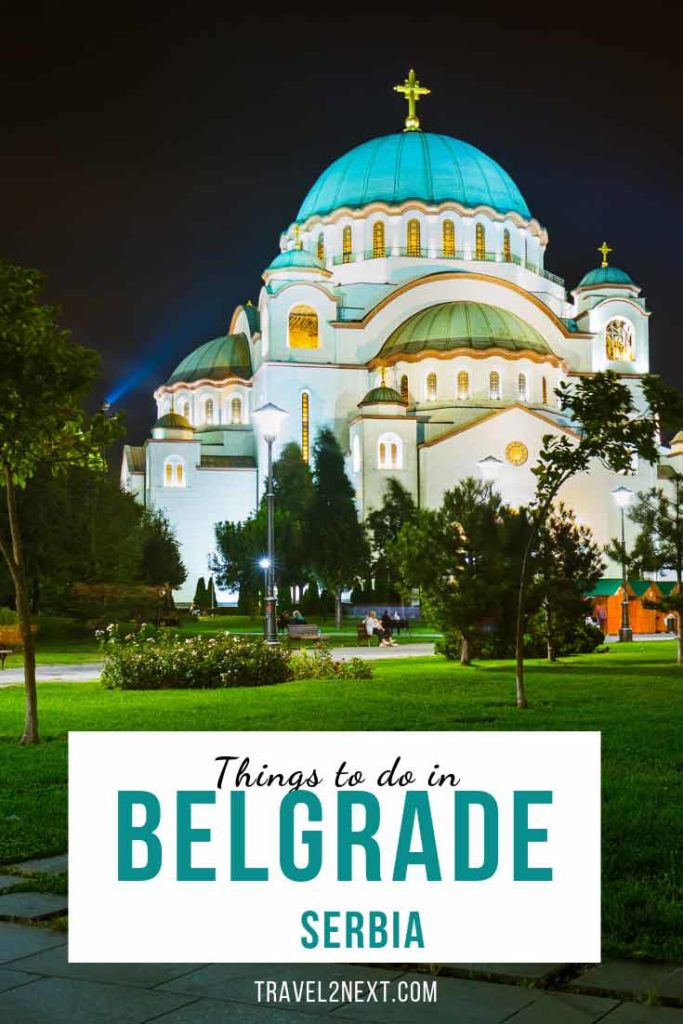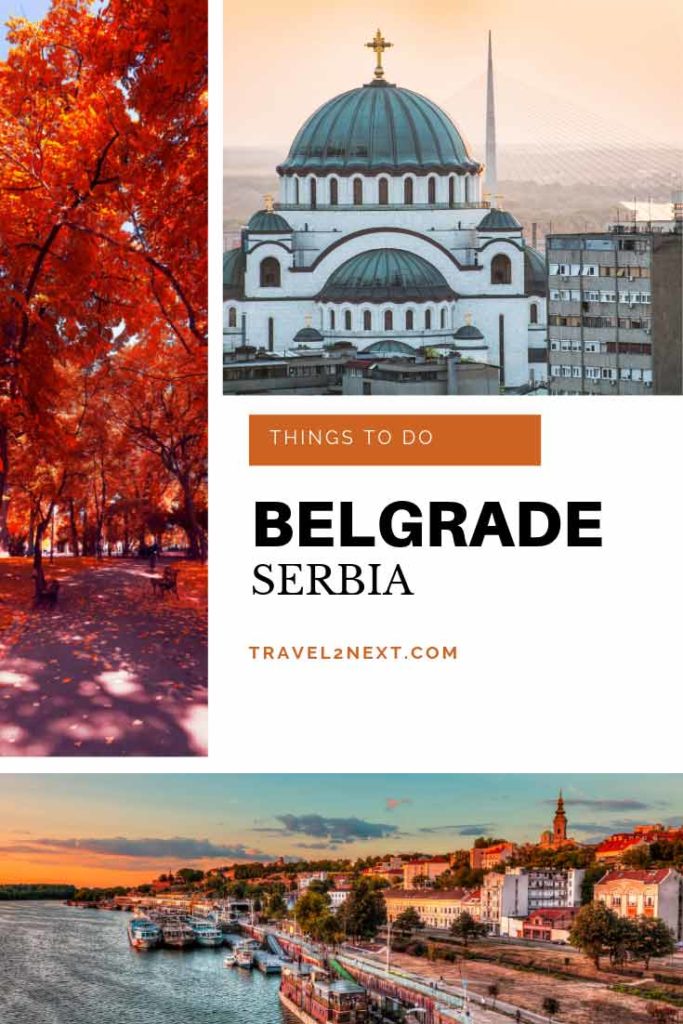Serbia’s capital and largest city is old and has thousands of years of history. Belgrade has been in over 115 wars and burnt to the ground numerous times. From Attila the Hun, who made his way to the city in AD442 to the Ottoman Empire and the Austro-Hungarian Empire, the city’s war history has left scars that built character.
Belgrade was also the capital of Yugoslavia and old industrial buildings dating back to Belgrade’s past as a communist centre under the rule of Tito are now cool cultural centres. Stunning architecture, green parks and a vibrant market for fresh produce are also attracting visitors.
Learning about Yugoslavia’s war history goes hand in hand with a vibrant nightlife and café scene. Belgrade’s chequered past is part of the reason why this city is fascinating to explore. From ancient fortresses to museums and vibrant street life, here are 10 things to do in Belgrade.
Contents
- Belgrade
- Things to do in Belgrade
- 1- Explore Kalemegdan Citadel
- 2- Visit the Ethnographic Museum
- 3- Al-fresco dining on Skadarlila Street
- 4- Visit Marsal Tito’s grave
- 5- Drink beer and eat cake
- 6- Learn about the Kosovo legacy
- 7- See tanks and guns at Belgrade’s Military Museum
- 8- Relax at Saint Sava’s Cathedral
- 9- Party on a Danube River barge
- 10- Zemun day trip
- 11- Shop on Knez Mihailova Street
- 12- Visit the Nikola Tesla Museum
- 13- Explore The Aviation Museum
- 14- Eat Burek
- 15- Relax In Ada Ciganlija
- 16- Discover Palaces
- 17- See The House of the National Assembly of Serbia
- 18- Shop at Zeleni Venac Market
- Things to do in Belgrade
Belgrade
Things to do in Belgrade
1- Explore Kalemegdan Citadel
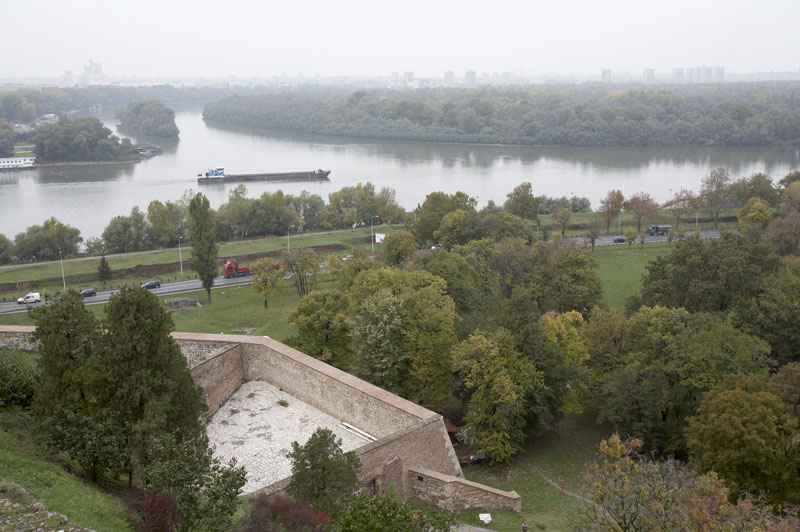
Admire sweeping views of the Sava and Danube Rivers, and the city skyline from the Kalemegdan Citadel. Some European river cruises offer shore excursions to Belgrade.
Since the third century BC, the citadel has been a strategic military vantage point that has been fought over and conquered many times.
Over the centuries, a succession of conquerors includes the Hungarians, Bulgarians, Byzantines and Ottomans.
As it stands, the fortress structure dates back to the 18th century.
The area around it is a green public park with walking paths, tall trees and public benches. Belgrade Zoo is located in one section of the park.
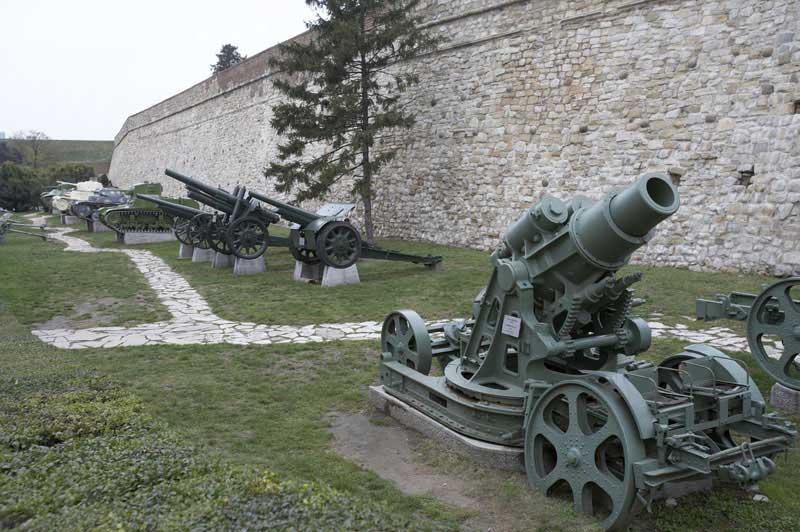
If Belgrade sounds intriguing, you may also like to find discover the best things to do in Bucharest. Romania’s capital has a fascinating mixture of charm and more war history.
2- Visit the Ethnographic Museum
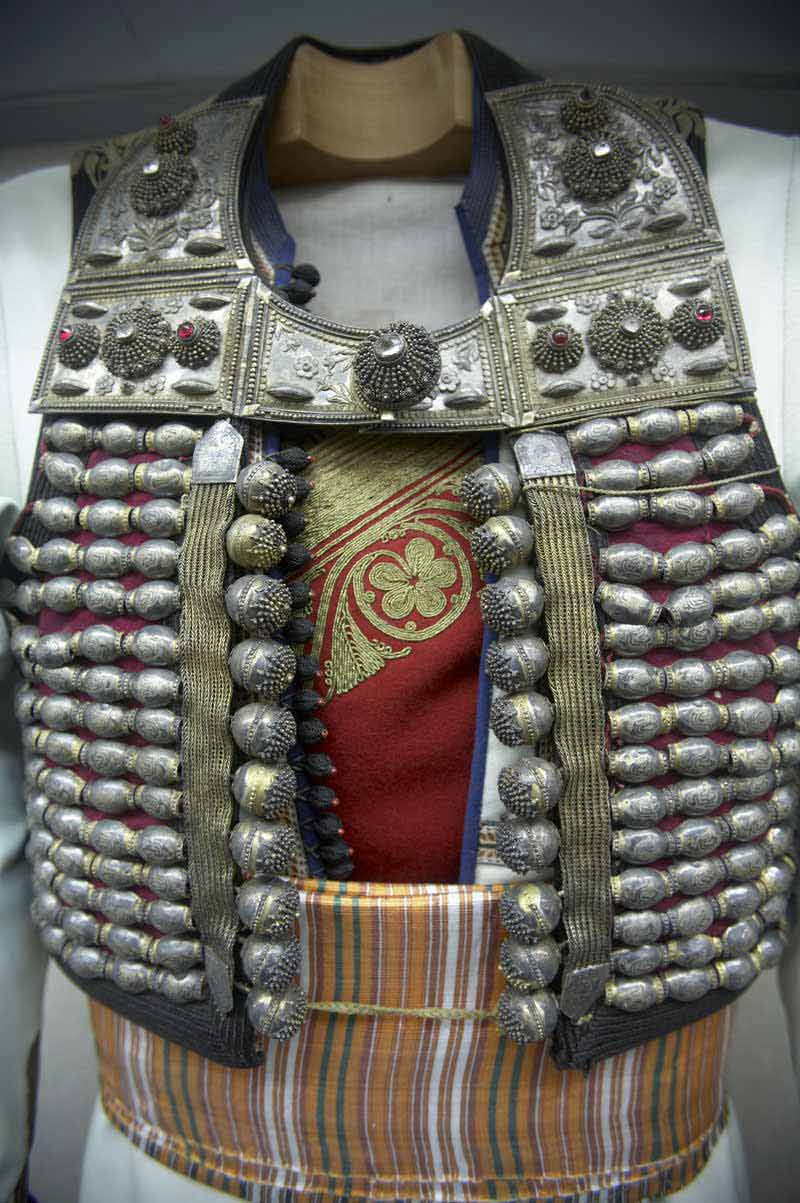
The Ethnographic Museum is one of the best places to visit in Belgrade to soak up Serbia’s rich culture.
Wander past displays of intricately woven Serbian costumes, folk art, textiles and household items.
There are 3000 pieces of 19th-century jewellery, ceramic pottery, ancient musical instruments and a collection consists of pictures, lithographs, watercolours and drawings on show.
3- Al-fresco dining on Skadarlila Street
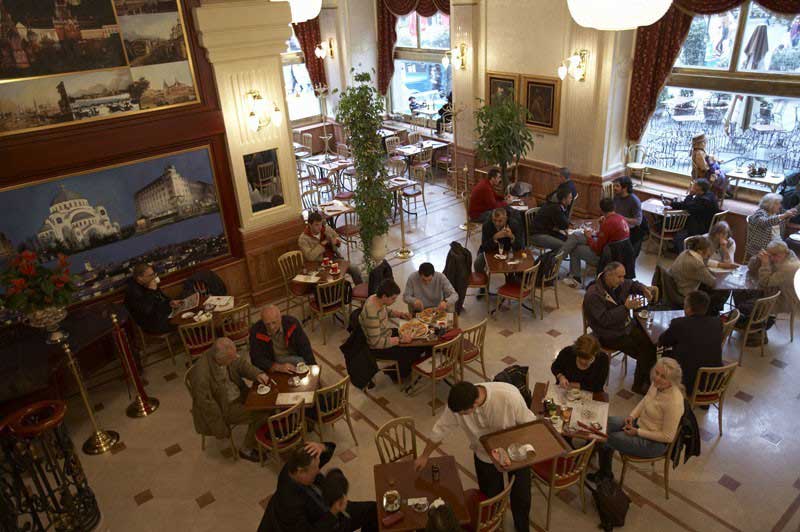
Wondering what to do in Belgrade at night?
The cobblestone neighbourhood of Skadarska is frequently referred to by locals as Belgrade’s Montmartre.
The area started off as a gypsy settlement in the 1830’s; by the early 1900’s it morphed into a bohemian hang out for poets and artists.
Today, Skadarska’s main street, Skadarlija Street, is packed with al-fresco restaurants which have expressive names like Dva Bela Goluba (Two White Doves) and Tri Sesira (Three Hats) because it was once a millinery.
4- Visit Marsal Tito’s grave
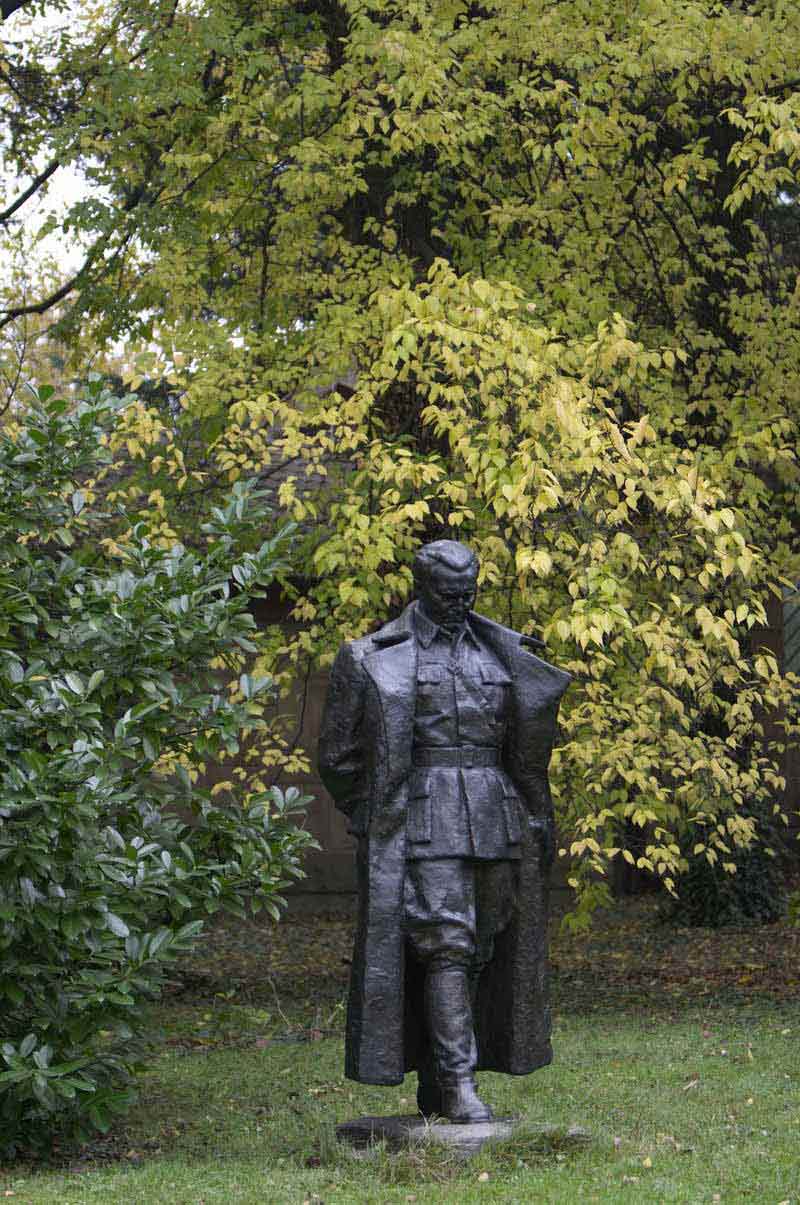
Tito, whose real name was Josip Broz, was the leader of the Socialist Federal Republic of Yugoslavia from 1945 until his death in 1980.
During World War II he led the anti-fascist resistance movement known as the Yugoslav Partisans and chose to structure the country on the Soviet Union model with a federal state of six republics (Bosnia-Herzegovina, Croatia, Macedonia, Montenegro, Serbia, Slovenia).
But under Tito’s rule, Yugoslavia developed its own brand of socialism with an open society and high standard of living uncharacteristic of the Soviet states.
When Yugoslavia was expelled from the Communist bloc in 1948, Tito founded the Non-Aligned Movement, which is an international federation of states not formally aligned with or against any major power.
After his death, his successors were unable to keep the factions united and many war-torn years followed, resulting in the republics breaking away to form their own separate countries.
What to see in Belgrade if you’re interested in this period in history? Tito’s grave is located in the House of Flowers, which is part of Museum of Yugoslav History (MYH).
The museum has displays of cultural gifts presented to Tito by leaders from around the world. Admission is 400 dinars.
5- Drink beer and eat cake
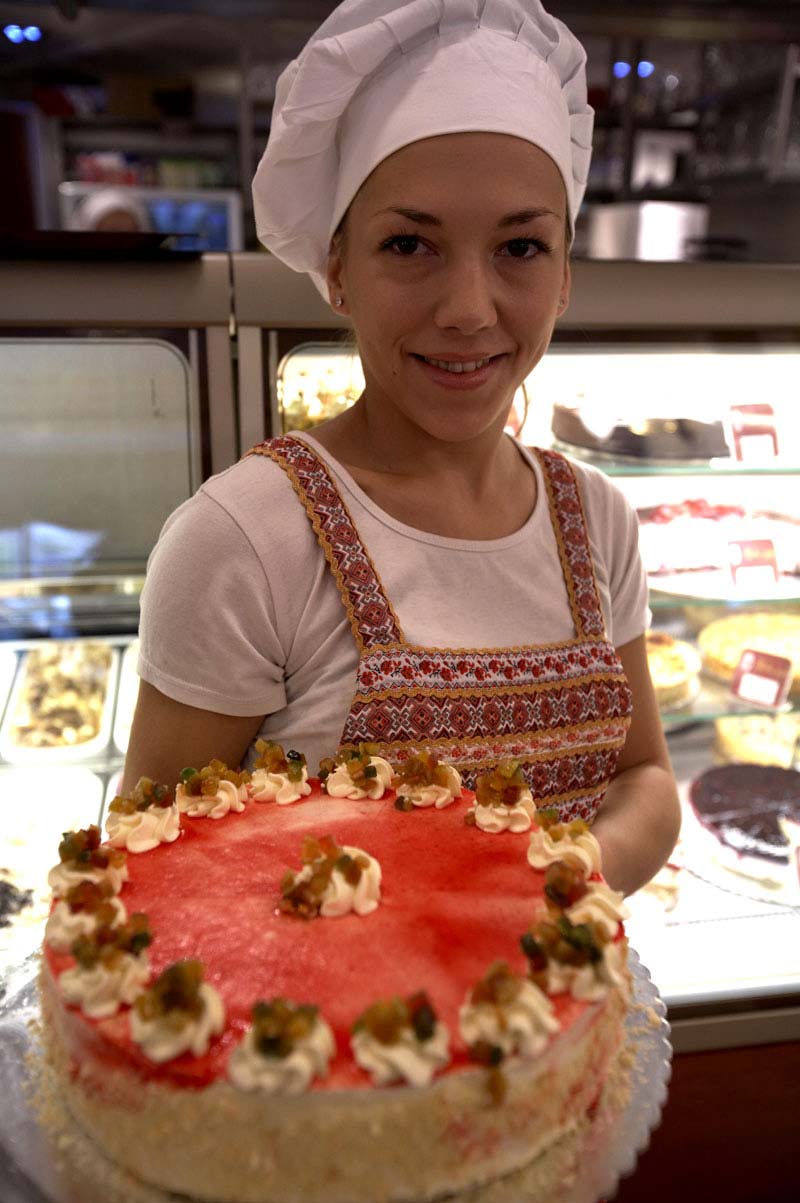
Of all the things to do in Belgrade, most people have a rollicking good time at the Belgrade Beer Fest. The event flows with lots of beer, rock, pop, and reggae music.
In recent years, Serbia has seen a boom in beer-related advertising with catchy slogans, colourful billboards and local celebrities pushing local brews like Lav, Jelen and Weifert.
To satisfy that sweet tooth, pop into one of the many cafes in Belgrade’s city centre for a coffee and a slice of cake.
Many of the café’s have extensive cake menus which range from cheesecake to rich black forest cake.
6- Learn about the Kosovo legacy
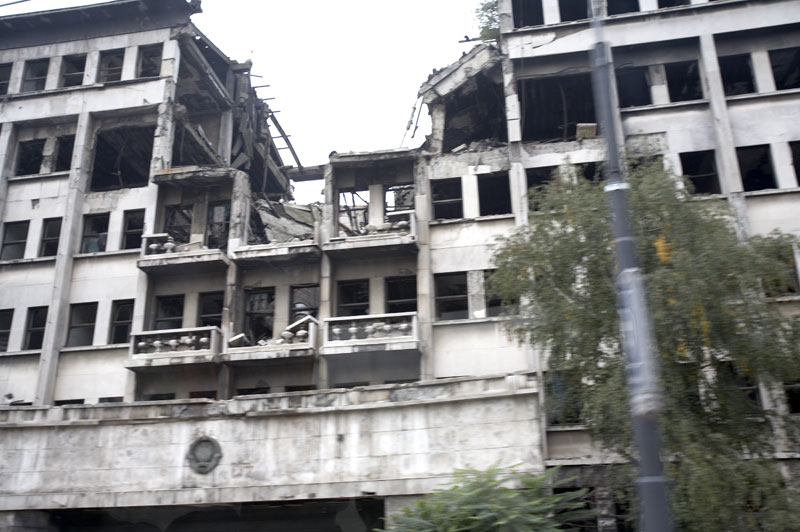
Little has been done to fix well-known buildings – such as the Yugoslav Army Headquarters – that were bombed by NATO in 1999.
Serbia’s war with the Kosovo Liberation Army of Albanian freedom fighters caused thousands of deaths.
The NATO bombing of the Federal Republic of Yugoslavia (which consisted of Serbia and Montenegro) saw aircraft flying more than 38,000 combat missions from 24 March to 11 June 1999.
Tomahawk cruise missiles were fired from aircraft, ships and submarines.
Serbia’s dictator, Slobodan Milosevic (his reign lasted from 1989 to 2000) faced 66 counts of war crimes, crimes against humanity in Bosnia, Croatia and Kosovo, and genocide committed in Bosnia.
He was brought to account for his actions by the United National war crimes tribunal. See City of Belgrade for a map indicating the buildings that were bombed.
Fortunately, not all places in the Balkan countries are focused on past wars.
If you’re keen to see beautiful landscapes and charming cities take a look at this Balkan tour.
7- See tanks and guns at Belgrade’s Military Museum
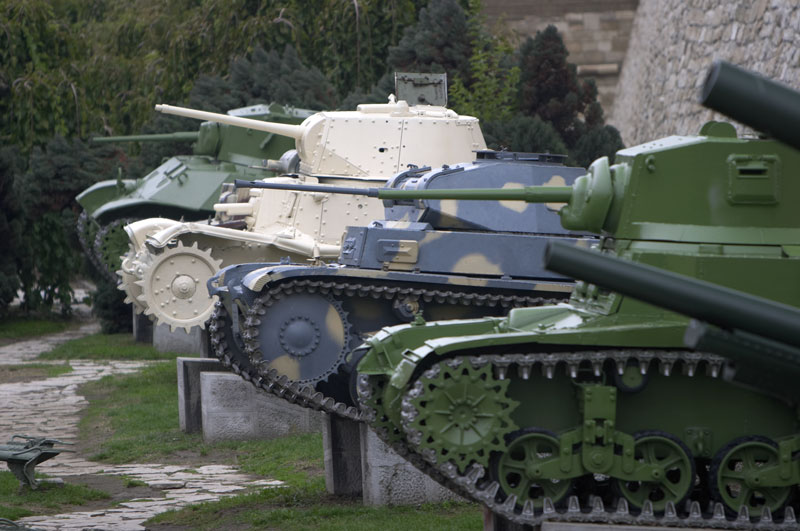
Old guns, decommissioned bombs and missiles are some of the exhibits at Belgrade’s Military Museum.
Located at the Kalemegdan fortress, the museum showcases the military might of the former Yugoslavia.
Displays include captured Kosovo Liberation Army (KLA) weapons and parts from an American F117 stealth fighter that was shot down by Serbian gunners during the NATO bombings in 1999.
Outside the museum is a line-up of old guns and tanks, some of which were captured from retreating Nazi forces during World War II. Admission is 100din.
8- Relax at Saint Sava’s Cathedral
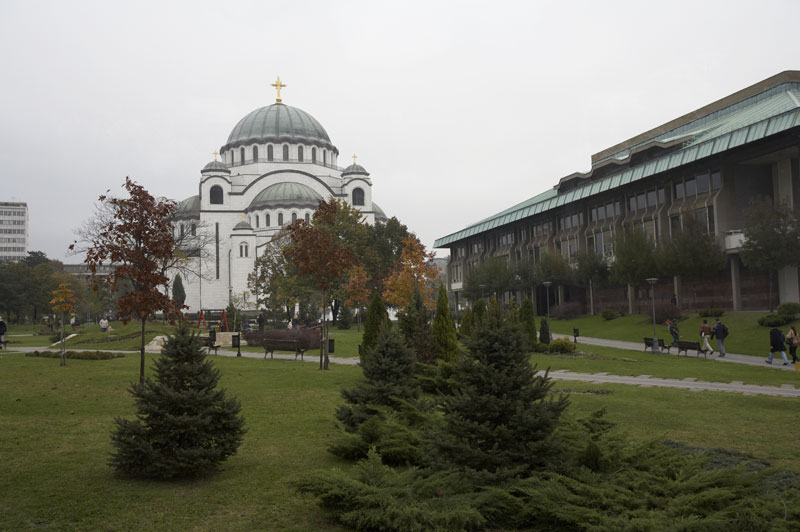
The construction of the largest Serbian Orthodox church in use today began in 1935 and was interrupted by several wars to be finally completed in 1985.
The cathedral is dedicated to the medieval founder of the Serbian Orthodox Church, Saint Sava, and is a beautiful building.
Its 4,000-ton central dome was built on the ground and later lifted up onto the walls.
St Sava is in Svetosavski Trg square in Belgrade.
9- Party on a Danube River barge
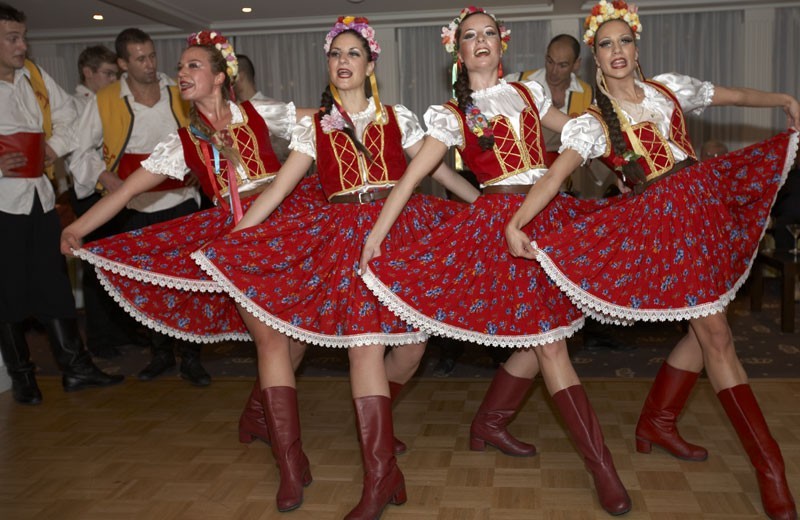
Belgrade has some of the most exuberant nightlife in Europe where you can pull on your dancing shoes and dance from midnight to dawn.
The strip of barges (or splavovi) moored along the Danube and Sava Rivers are packed with splavovi (floating river clubs), jazz bars and restaurants.
Local patrons are usually well-dressed, especially the young women who look as if they have stepped out of fashion pages of Vogue magazine.
Also along the Danube are many river cities, such as the wonderful Hungarian city of Budapest, which is packed with beautiful architecture, markets, monuments and vibrant streets. Here are some things to do in Budapest.
10- Zemun day trip
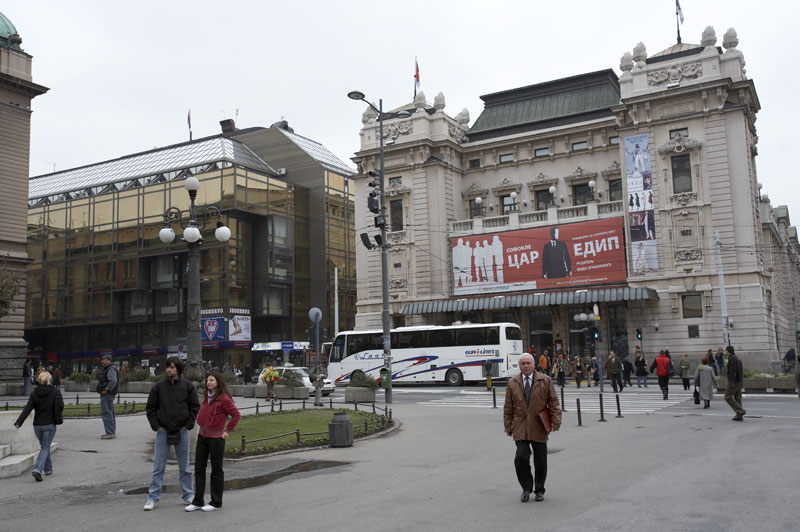
8km northwest of central Belgrade is the charming town of Zemun.
Have a long lunch in a riverside restaurant, walk around the old town and admire the 19th-century mansions.
Browse food stalls at the local market or wander the narrow cobblestone streets to the town’s 9th century Gardos fortress.
Zemun was once a separate city from Belgrade, was an Austro-Hungarian outpost when Belgrade was under Ottoman rule.
Zemun is now technically part of the city of Belgrade, but it still feels like a mini-break from the main metropolis to climb to the top of Gardos Hill or a seafood lunch at a kafana along the banks of the Danube.
11- Shop on Knez Mihailova Street
Knez Mihailova Street stretches out diagonally from the fortress to Republic Square via Stari Grad.
Knez Mihailova is a pedestrian street and a famous street for the locals to go shopping (or window shopping) as there are luxury boutiques and international brand stores such as Sephora, Zara and Gap.
It’s also famous for its entertainment as musicians perform on the street.
Named after a Serbian prince who was murdered in 1868, Mihailo Obrenović III, there are also historic 19th-century buildings.
12- Visit the Nikola Tesla Museum
The Nikola Tesla Museum pays homage to the life and discoveries of the great scientist, inventor, electrical engineer.
Nikola Tesla was a Serbian-American scientist and a Serbian national hero that locals are very proud of.
One part of the exhibition is a deep delve into Tesla’s life, with displays of his photos, letters and diaries.
In contrast, other displays show working reproductions of his inventions, such as an induction coil generating discharges at 500,000 volts.
It’s worth joining an English-speaking tour delivered by students from the Engineering Department of Belgrade University.
The world knows Tesla as the inventor of electricity and but not everyone realises Tesla pioneered the discovery of X-ray, radar, remote control, electric coil and radio innovations.
The world’s most well-known electric car brand is named after him.
There’s an urn with his ashes in the museum that is the subject of ongoing controversial discussions between the museum and the Serbian Orthodox Church.
13- Explore The Aviation Museum
As a country’s roots are so deeply entrenched in war, Belgrade’s Aviation Museum is one of the top attractions.
The Aviation Museum in Belgrade is next to the airport and is an eye-catching geodesic glass building built in 1989.
The museum has more than 200 aircraft that belongs to the Serbian military other items on loan from private collectors and clubs.
Examples are biplanes such as the Tiger Moth, Yugoslav Zmaj Fizir, Soviet Polikarpov, Messerschmitt and Spitfire fighters fro WWII.
There are also items from the 1999 NATO bombing campaign, including the wreckage of the F-117 and the MQ-1 Predator drone.
14- Eat Burek
A things to do in Belgrade list would be complete without the culinary delight of tasting a local delicacy.
Burek is a flaky, doughy pastry prepared with a variety of fillings such as cheese, spinach, meat and apples and is usually eaten with yoghurt.
Do try different kinds of burek but make sure you don’t go home without tasting the cheese and spinach ones.
There are excellent bakeries in Belgrade markets.
15- Relax In Ada Ciganlija
Ada Ciganlija is a reclaimed island on the Sava River that has been converted into a peninsula.
It’s a green space in the city with elm and oak trees and a lovely spot to jog, go paddling on the lake and to meet locals.
One of the main attraction is the pebble beach, which locals refer to as Belgrade’s Seaside.
16- Discover Palaces
Princess Ljubica ‘s Residence
A legacy of Prince Miloš Obrenović’s first reign, this palace dates back to the 1830s and was built to provide luxury to the Serbian royals.
The Ottomans disrupted those plans.
The Serbian prince abdicated in 1839 and the royal family was exiled.
The palace has a permanent exhibition of grandly furnished rooms with authentic period furniture and decorations.
Many of the items were heirlooms belonging to Belgrade’s aristocracy.
Stari Dvor and Novi Dvor
Built for the royal families of Obrenović and Kara-or-ević face each other across Andrićev Venac square.
The Beaux-Arts architecture of the Old Palace is reminiscent of the grand palaces of Vienna and the and dates back to the 1880s.
It’s now used for the city assembly of Belgrade.
The New Palace was completed during the First World War.
White Palace
This former royal palace in Dedinje is a Neo-Palladian palace with Georgian antique furniture and paintings, an impressive library and lovely terraces.
17- See The House of the National Assembly of Serbia
The National Assembly of Serbia is one of Belgrade’s most photographed building.
It was housed the Parliament of Yugoslavia, and after the dissolution of that state, the Parliament of Serbia and Montenegro.
Access to this imposing Beaux-Arts building is limited but the Tourist Board of Belgrade sometimes runs tours.
Even if you can’t go inside, it’s a landmark building to look at from the outside.
18- Shop at Zeleni Venac Market
Zeleni Venac is the best market in Belgrade and has been a market since 1847.
Wander past fruit and vegetable stalls and soak up the bustling atmosphere.
Try freshly baked pastry like krempita, baklava, tulumbe and kadaif.
Looking for more things to do in Europe? Try these cities:
Plan Your Trip

Rent A Car – Find the best car rental rates at Discover Cars. They compare car hire companies to provide you with the best deal right now.

Find A Hotel – If you’re curious about this article and are looking for somewhere to stay, take a look at these amazing hotels.
